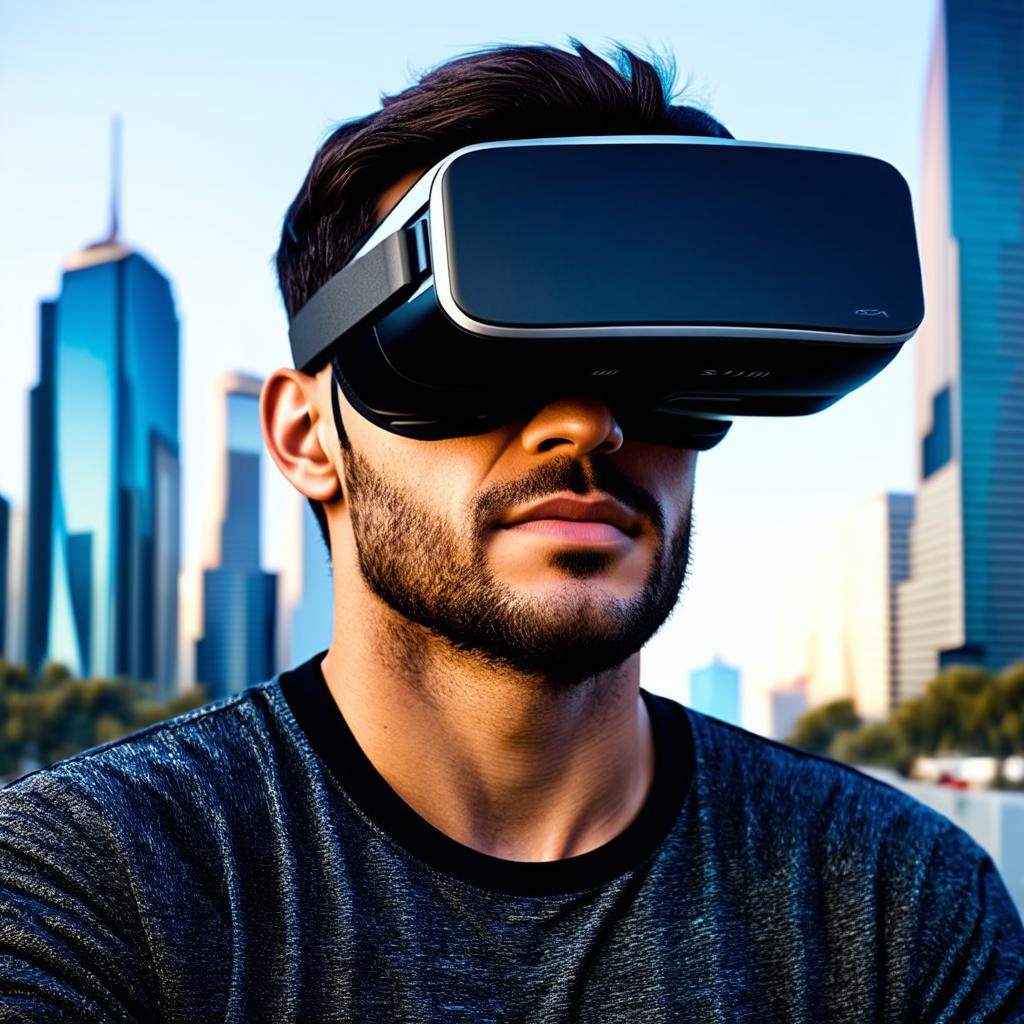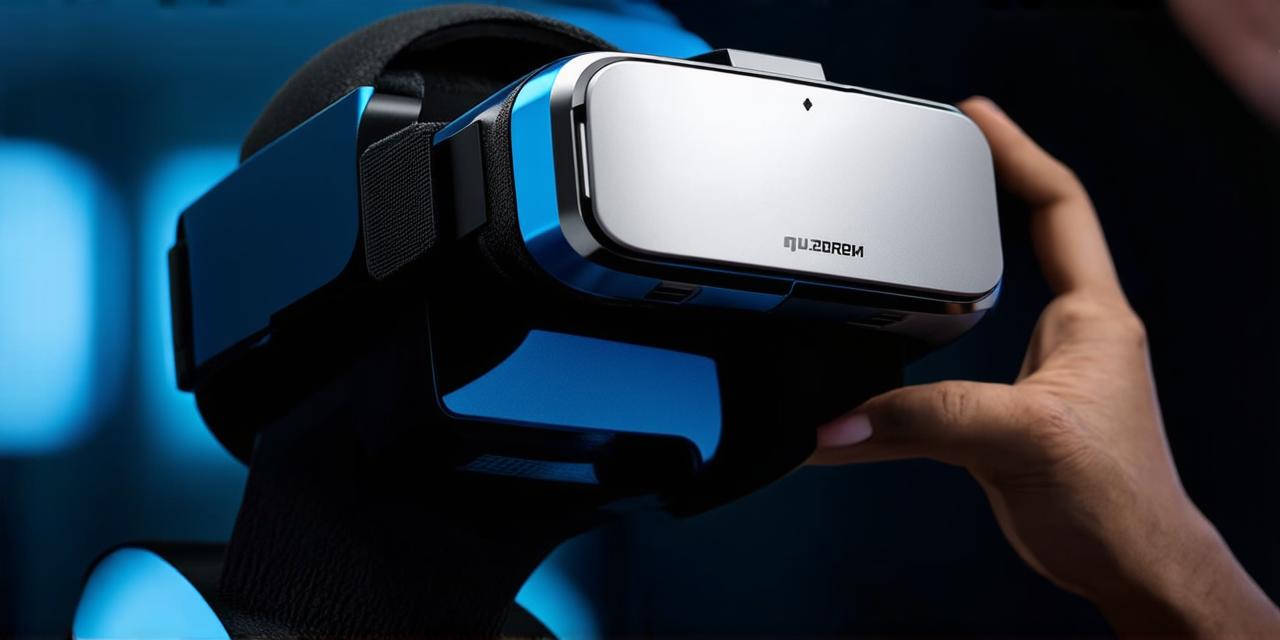Virtual reality (VR) headsets are devices that allow users to experience a simulated environment as if they were physically present in it. These headsets typically consist of two screens that display 3D graphics and images, which are synchronized with sensors that track the user’s movements and adjust the virtual environment accordingly.
There are several types of VR headsets available on the market, each with its own features and capabilities. The most popular type is the wearable headset, such as the Oculus Rift or HTC Vive, which require a separate computer to run and can be used for both gaming and non-gaming applications.
Other types of VR headsets include mobile headsets, such as the Samsung Gear VR, which are designed specifically for use with smartphones, and standalone headsets, such as the Sony PlayStation VR, which offer a more immersive experience without the need for a separate computer or phone.
In order to use a VR headset, users typically need to connect it to a computer or phone via USB or wireless connection, install any necessary software or drivers, and then put on the headset itself. Once the headset is on, the user will be able to look around in a virtual environment as if they were physically present, and their movements will be tracked by sensors to adjust the environment accordingly.

VR headsets have become increasingly popular in recent years, with many applications beyond gaming. They can be used for education, training, therapy, and even tourism. For example, VR headsets can be used to simulate real-world environments, such as a battlefield or an underwater world, allowing users to experience these environments without the need for physical danger or expensive equipment.
In conclusion, virtual reality headsets are devices that allow users to experience a simulated environment as if they were physically present in it. There are several types of VR headsets available on the market, each with its own features and capabilities. VR headsets can be used for gaming, education, training, therapy, and even tourism, making them a versatile and immersive technology.
